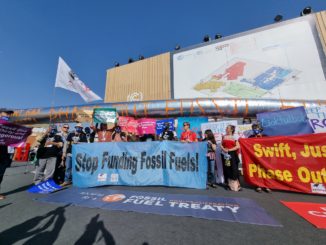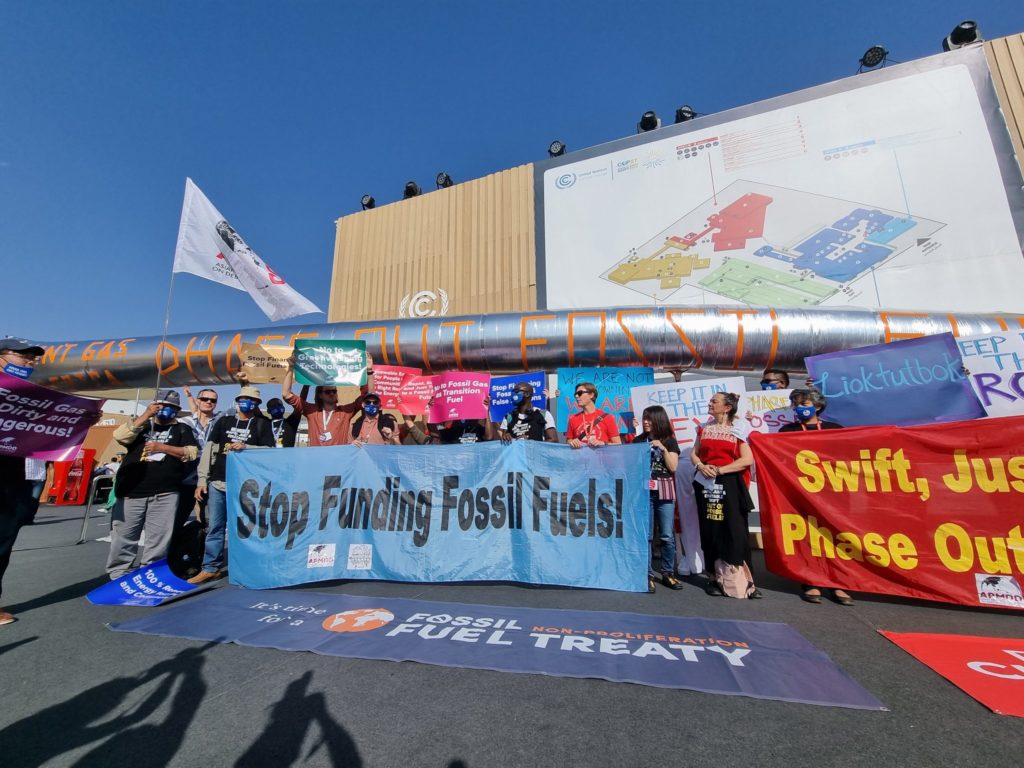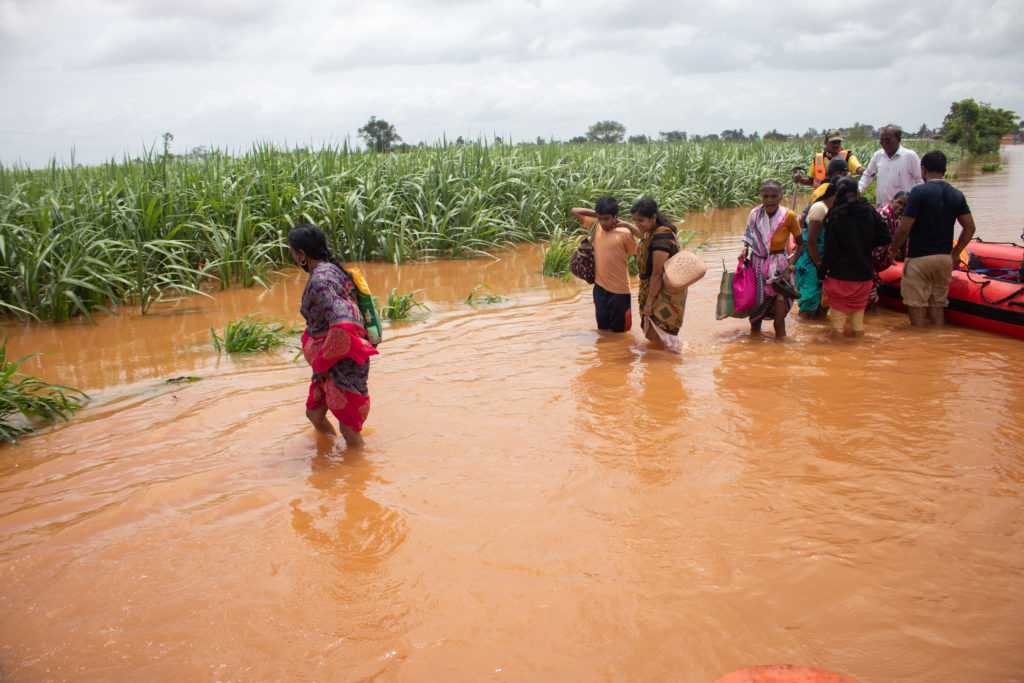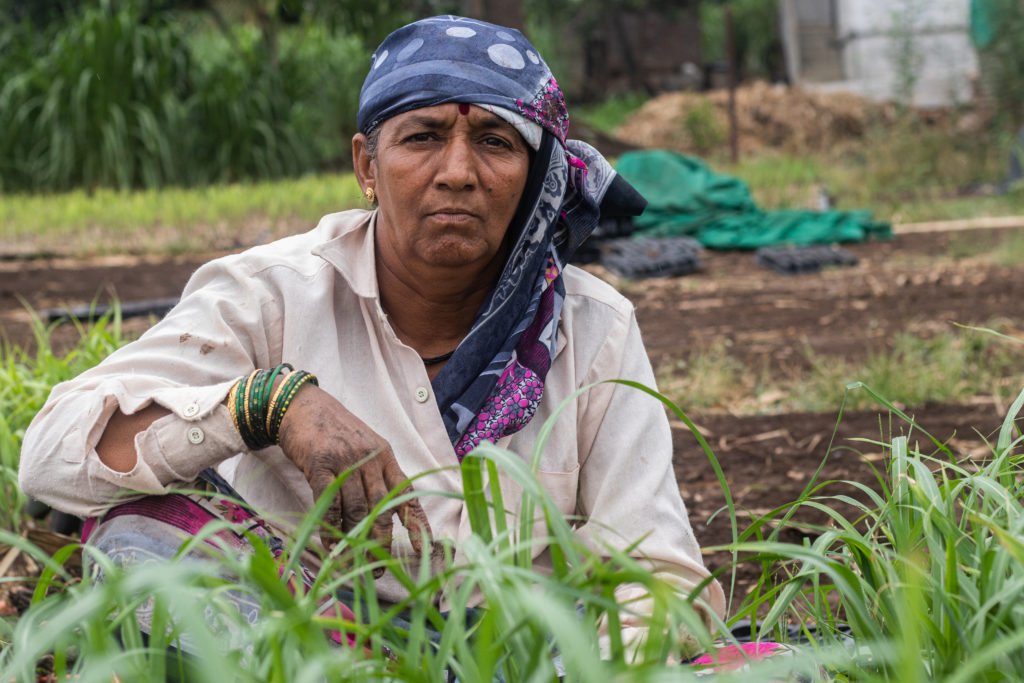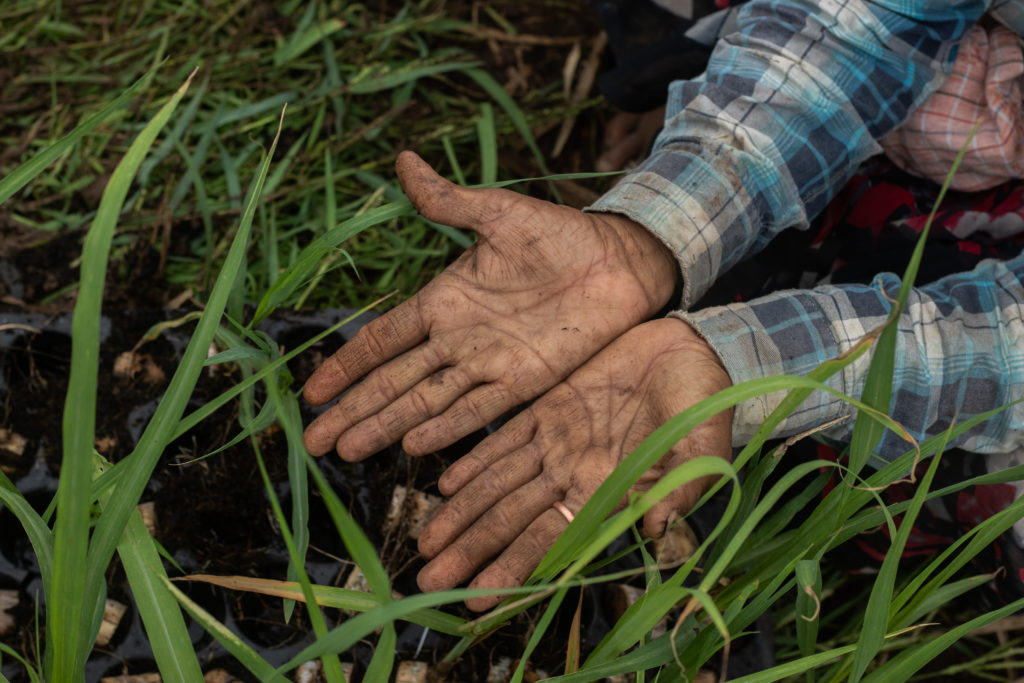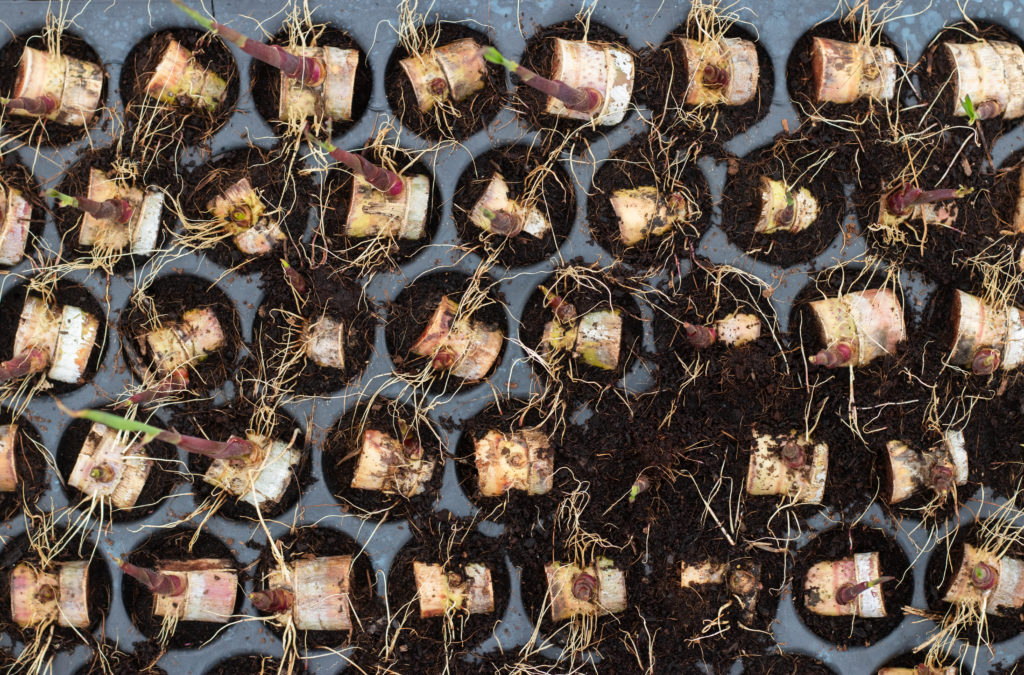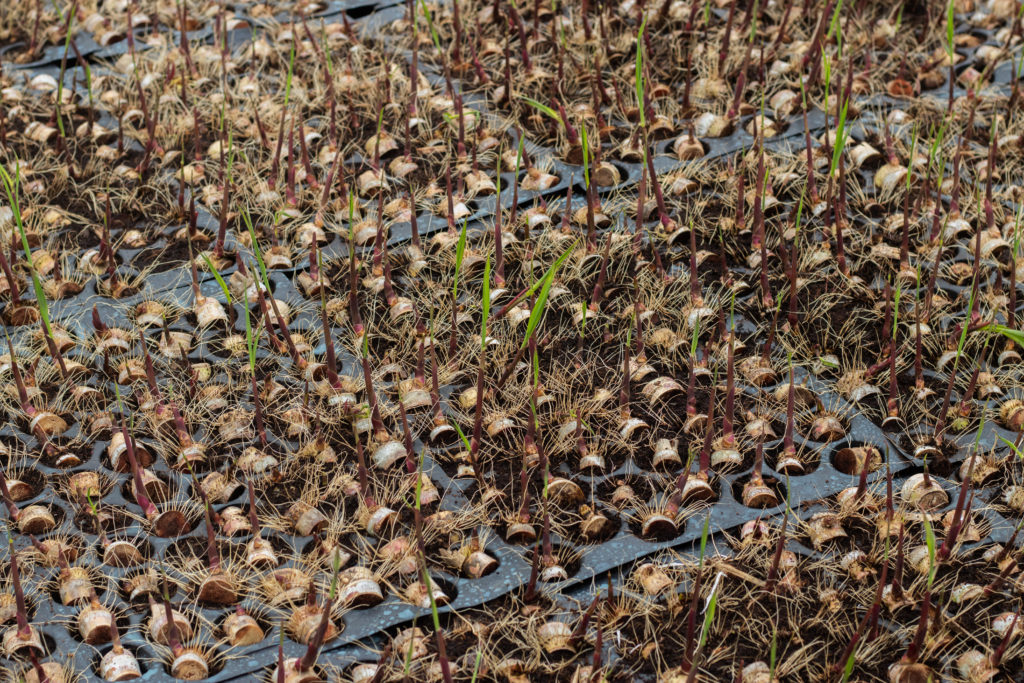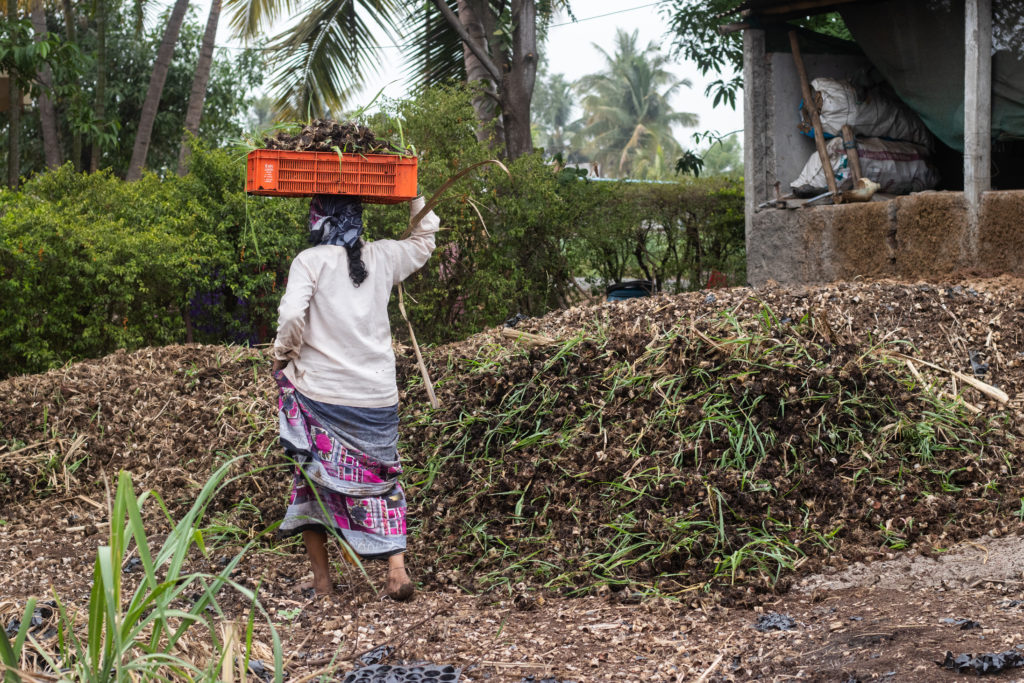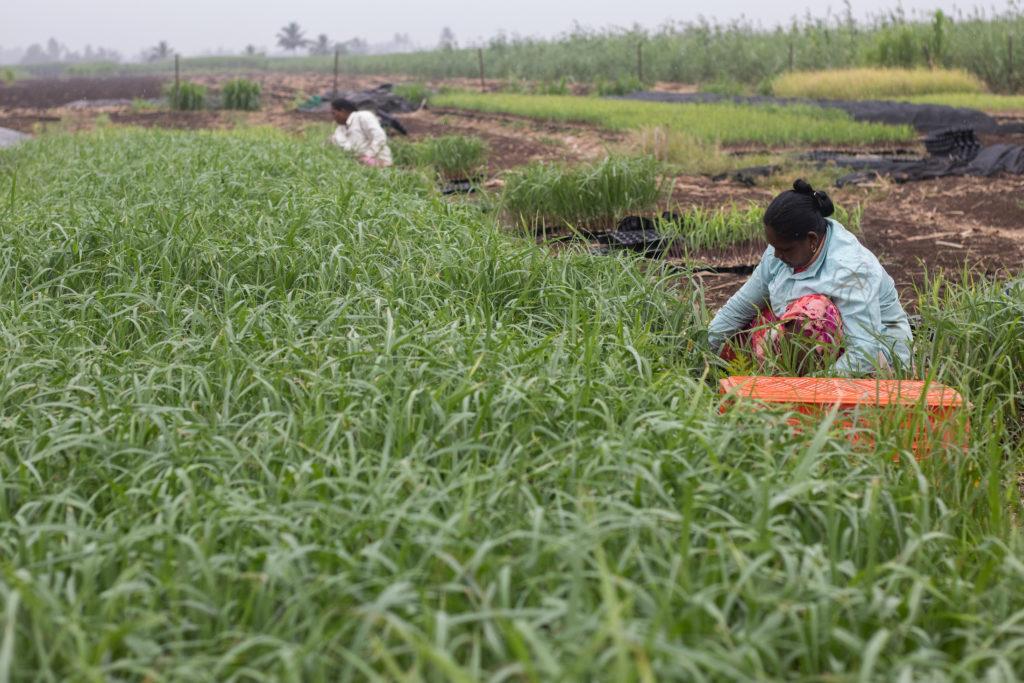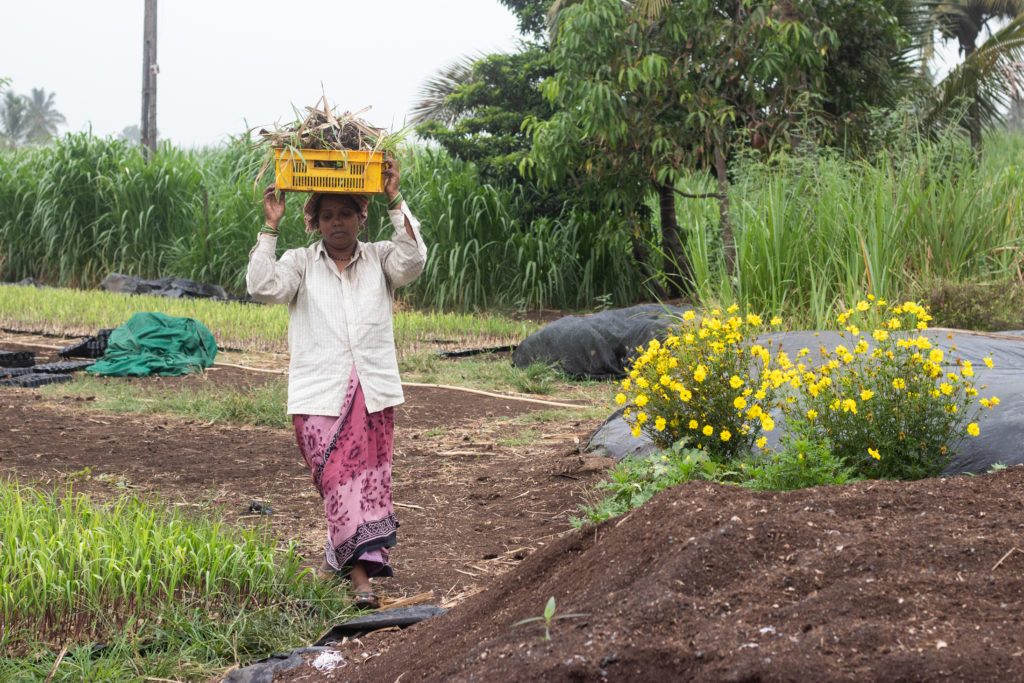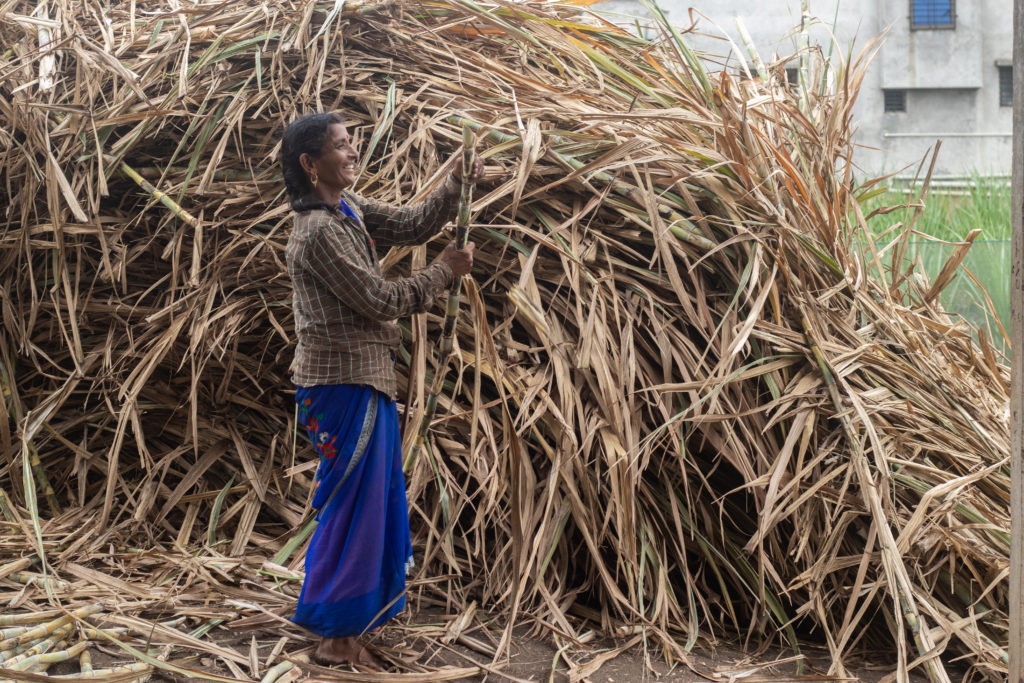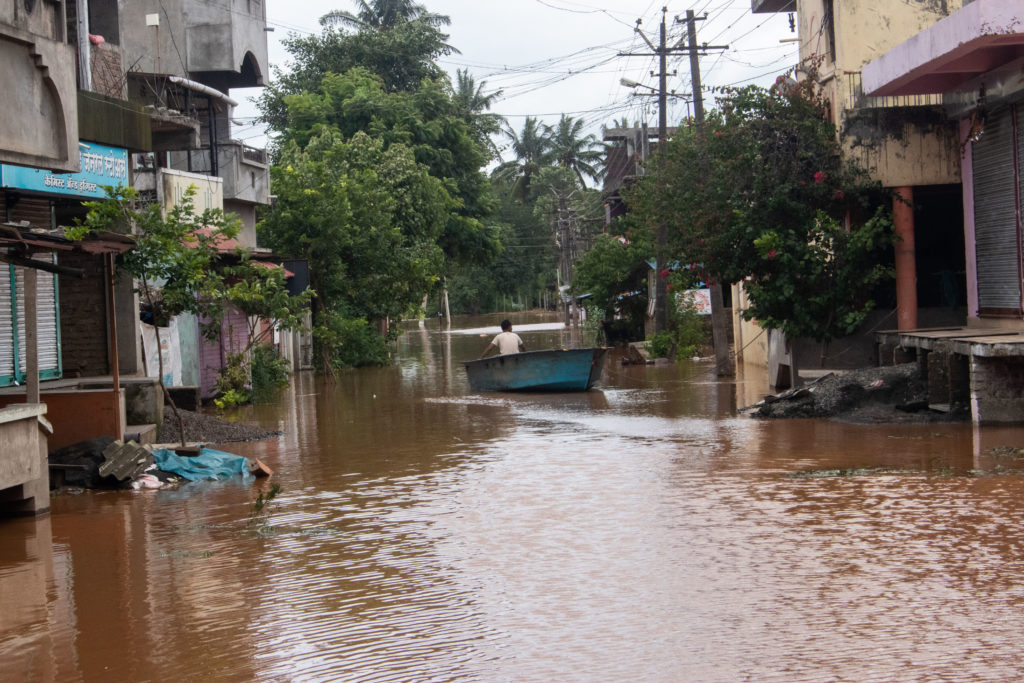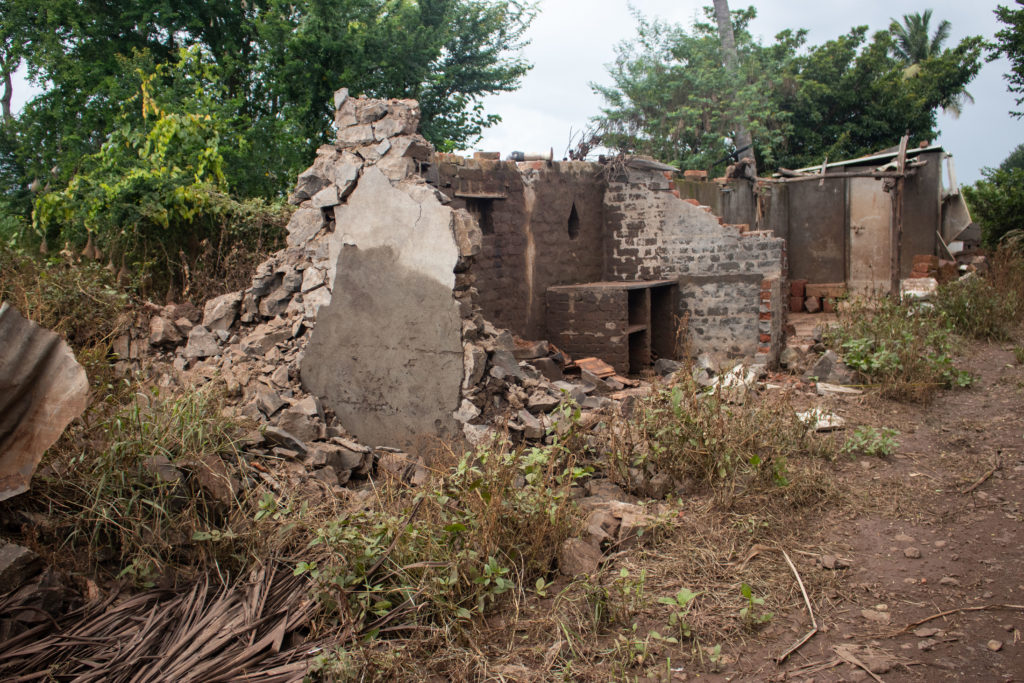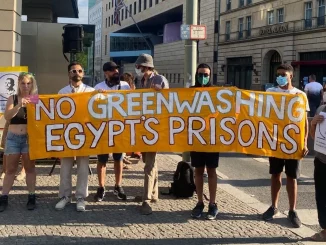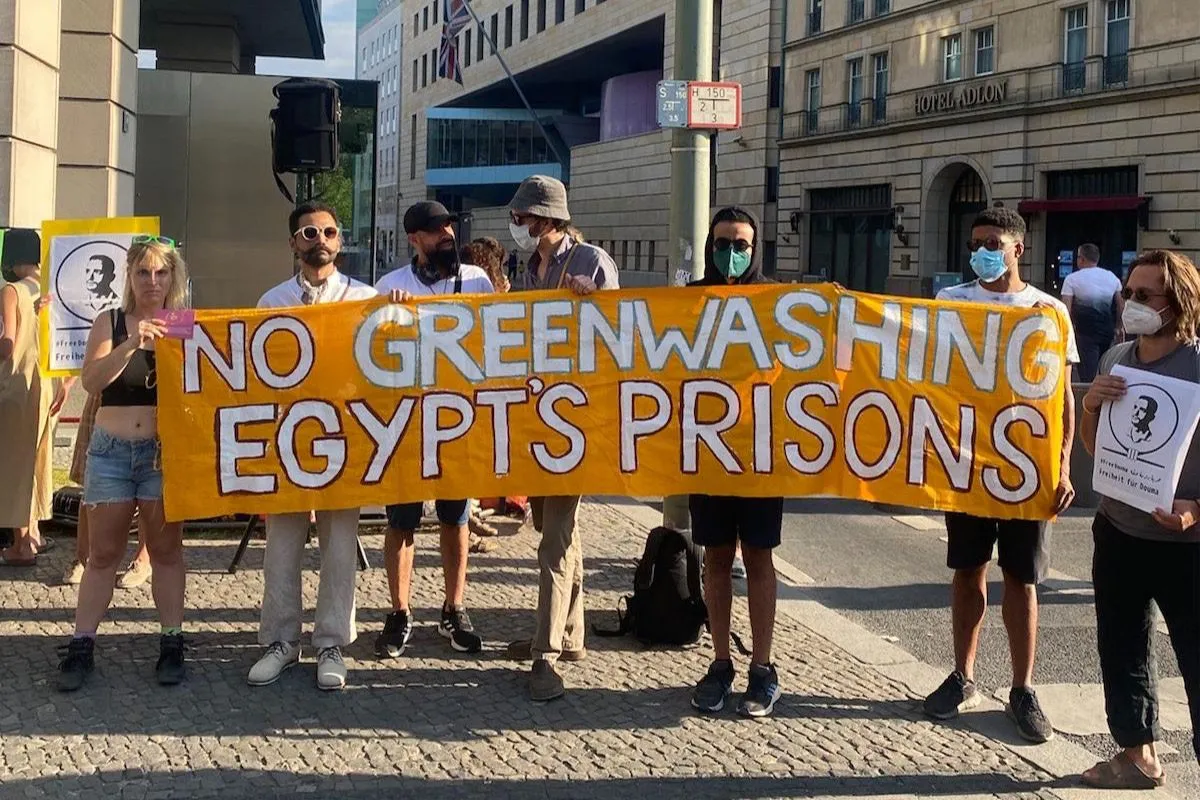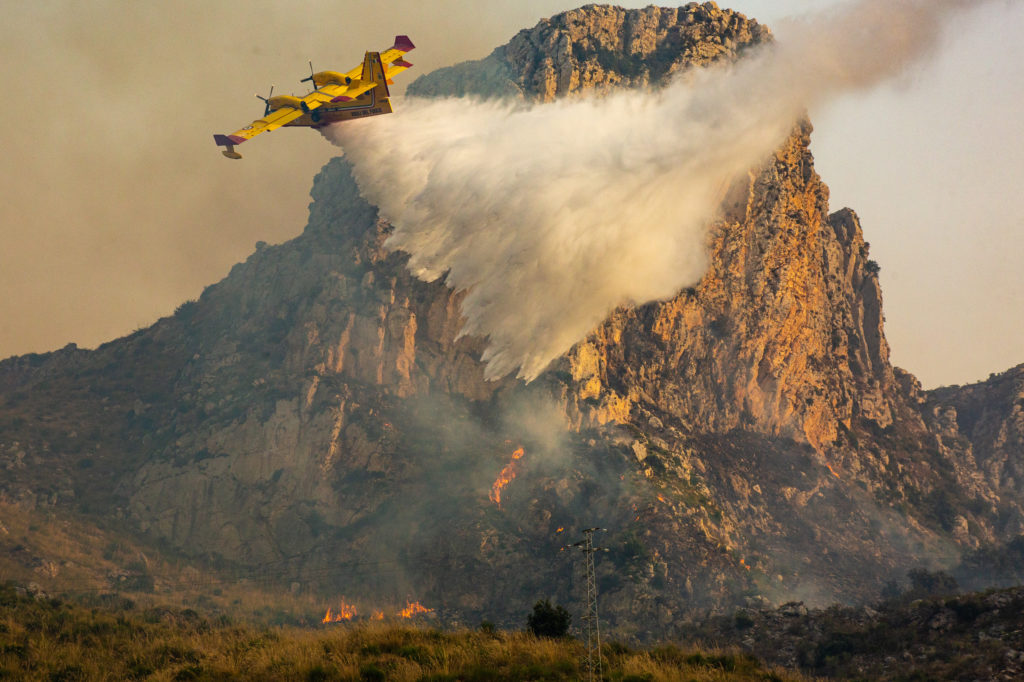
SCORACE FOREST, Italy—On August 18, in the Italian region of Sicily, the Scorace Forest caught fire. Around 90 percent of the 750 hectares (1,853 acres) of vegetation were scorched.
“That day, I saw people crying as we looked at the forest burning. Some of them were people that have contributed to planting the trees, and people that have worked in the forest for many years,” recalled Cristoforo Mustazza, a grape and wine producer in Buseto, a town that neighbors the Scorace Forest. “I was also worried about my vineyard, but I had a small loss in comparison to what happened to the forest.”
Over the last 14 years, Sicily has reported more than half of Italy’s wooden (and non-wooden) burned area. That is an extraordinary figure considering the Mediterranean island represents only 8.5 percent of the country’s land.
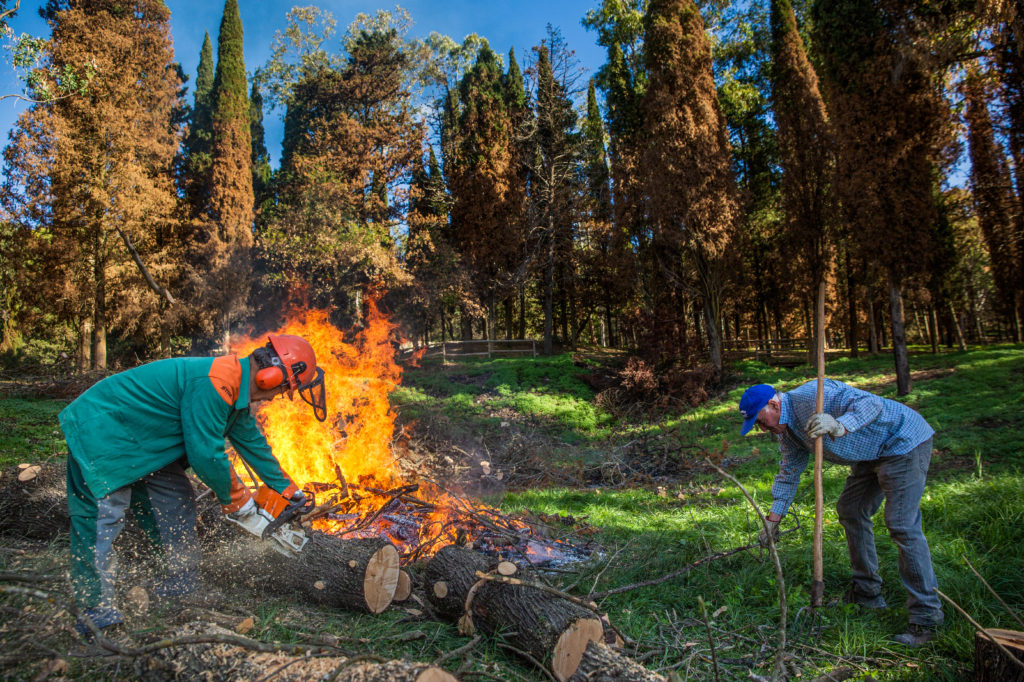
Beyond Sicily, wildfires are a global issue. According to a recent study published by forest-monitoring platform Global Forest Watch, in association with the University of Maryland, fires have intensified over the last 20 years. Between 2001 and 2021, 437 million hectares (more than 1 billion acres)—or 11 percent—of tree cover was lost around the world.
This not only affects biodiversity and human settlements close by. The greenhouse gasses emitted exacerbate the current climate crisis. From 2001 to 2021, 174 gigatons (174 billion tons) of carbon dioxide were released into the atmosphere due to wildfires, explains the GFW report. That is a quantity that can be compared to the weight of 1.74 million fully loaded U.S. aircraft carriers.
Although the causes for the increase in fires are diverse, it is clear climate change exacerbates the wildfire crisis, explained Giuseppe Barbera, professor of agrarian and forestal science at Palermo University in Sicily’s capital city.
Besides that, many small farmers have abandoned the countryside because farming has become an increasingly fruitless endeavor. Plus, the Sicilian government has neglected the planning required to maintain artificial forests, Barbera said. Artificial forests can include non-native and/or native tree species, and they differ from natural forests in composition and structure, among other factors, according to a textbook, Tropical Biology and Conservation Management.
Sicily is a Mediterranean island of around 5 million inhabitants that has long been a crossroads between Europe and Africa. It is characterized by warm weather and beautiful beaches that attract millions of tourists every year. However, Sicilians endure fire hazards caused by high temperatures combined with “scirocco,” a hot wind that can reach hurricane speeds while carrying dust or rain from northern Africa.

How Agriculture Can Prevent Fires
Alongside tourism, Sicily’s economy relies on agriculture for local consumption as well as for export. Leading products include olives, grapes, peaches, citrus fruits and cereals. However, over the last two decades, agricultural production has declined.
According to data by ISTAT (Italy’s National Institute of Statistics), the number of farms decreased by 37.1 percent between 2000 and 2010; vineyards by 9.5 percent; and olive groves by 3.5 percent. Data for the last decade will be available soon, but further declines are likely. “[Agriculture] does not produce enough economic benefits,” Barbera said.
A study recently published in the Remoting Sensing journal points to other experts having “suggested that abandoned agricultural land can increase fuel continuity and consequently increase fire spread.” The authors of the recent paper went on to write, “There is also evidence that agricultural areas that are typically grazed or tilled annually (e.g., olive orchards) decrease wildfire activity by decreasing surface fuel continuity.”
All of this means regularly tilled land acts as a buffer against wildfires.
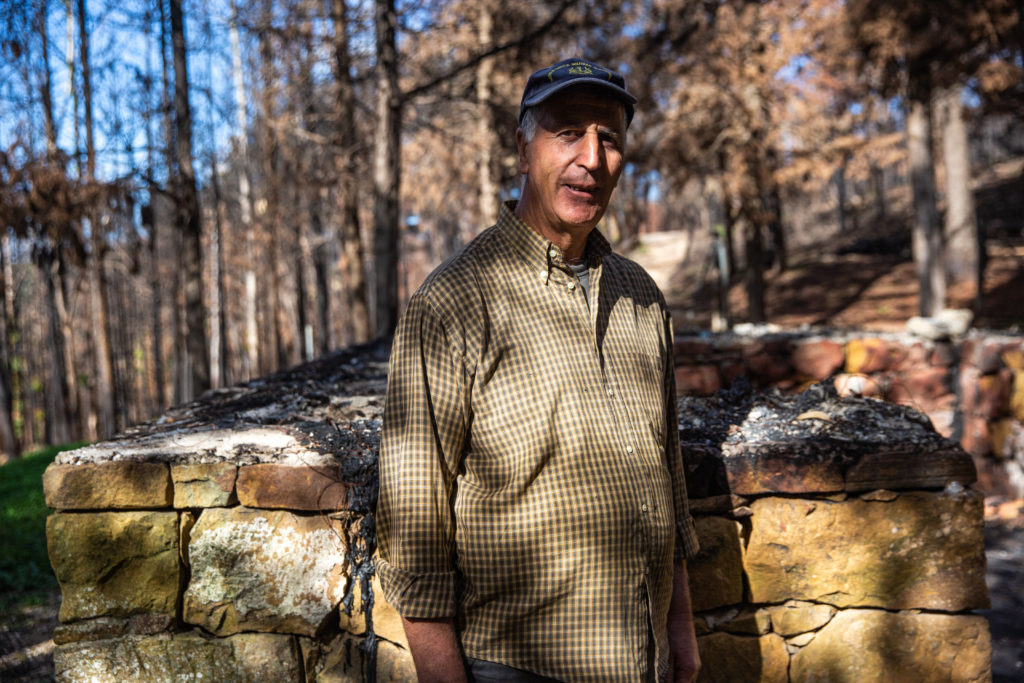
Palermo University’s Barbera concurs, describing farmers like Mustazza as the environment’s “main caretaker” because they are personally interested in avoiding wildfires. “Good farmers carry out many environmental and cultural functions that benefit society as a whole.”
Mustazza is one of the farmers resisting a reduction in income in a highly competitive wine market, as well as other adversities such as this year’s fire. He estimated the blazes caused a loss of 10,000 euros ($10,248) as about a hectare of cork oak and part of the vineyards on his property were destroyed. He will not receive any compensation from the government.
Studies in other countries, such as in Greece and Portugal, tell similar stories.
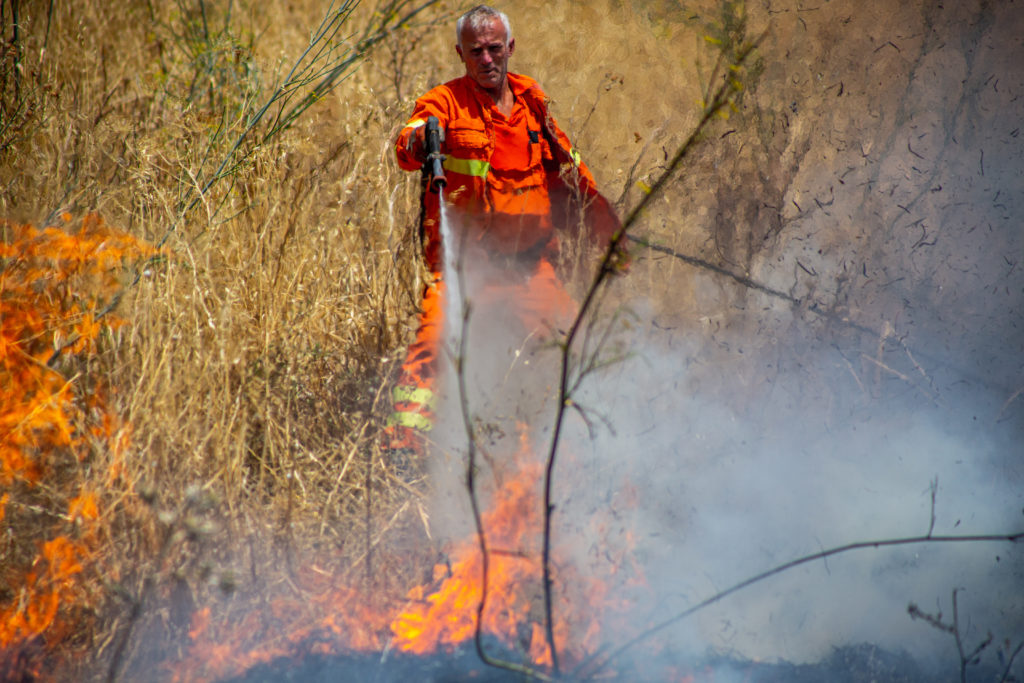
How to Effectively Manage a Forest
Sicily has 238 Natura 2000 sites, a network of nature protection areas in the European Union. Within Sicily’s 470,000 hectares of EU protected areas is the Scorace Forest, deemed so because of its environmental and social value. Its vegetation is characterized by native cork oak trees. Yet, like in many other natural areas of Sicily, non-native species, such as pine, eucalyptus and cypress have been introduced over the years. Conifers—for instance, pine—often generate a fire hazard, said Palermo University Professor Donato Salvatore La Mela, an expert in agrarian and forestal science.
“Reforestation has not only been done with inadequate species, but has also lacked a management plan,” he said. “We should take these mistakes as an example for the future, therefore selecting autochthonous [indigenous] species that are more resilient to fires.”
In this sense, the cork oak tree is crucial in the Mediterranean, as its thick and insulating bark resists fires.
“Here, we can see that the leaves of the cork oak are regrowing,” explained Giovanni Magaddino, head of the forest squad in Scorace, as he escorted this reporter and photographer through the charred landscape. “The problem is pine trees and cypresses. The part of [this] ecosystem that has only these two species will not recover.”
Planting a million trees is not the answer and sometimes can be counterproductive, Barbera said, underlining the importance of “planting the right species in the right place, always under continuous supervision.”
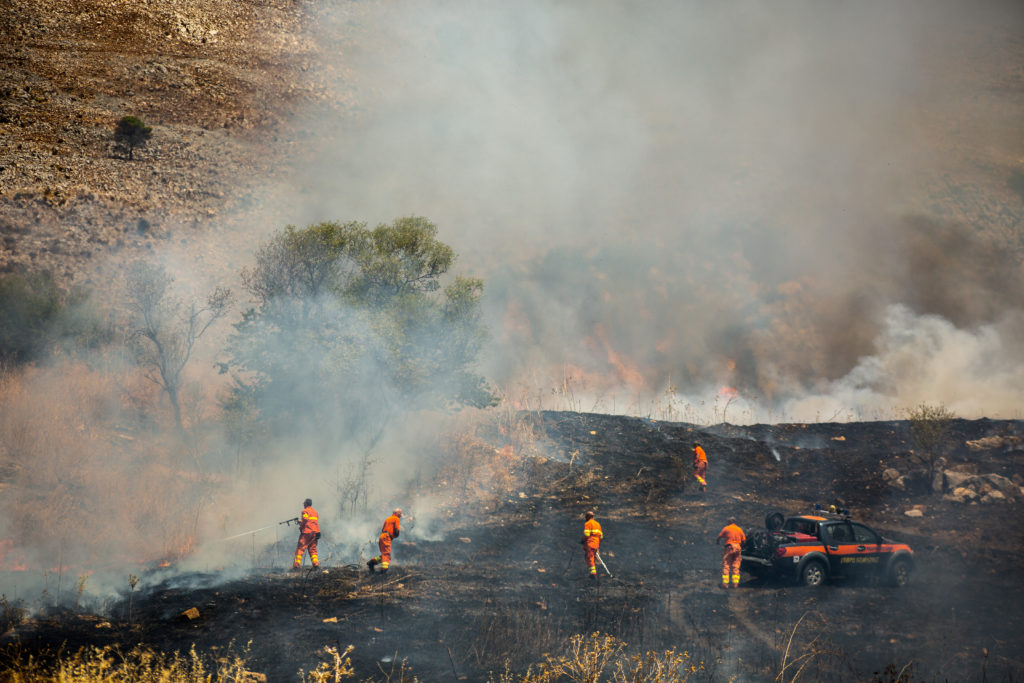
Developing a New Generation of Farmers and Forestry Experts
As an autonomous region, Sicily has its own Forestry Corporation that is in charge of preventing fires and managing forests. However, according to La Mela, “[it] has been reduced from 1,200 people to 300, and all of them will retire over the next few years.”
“I hope that, in the future, young people come to work [in the Forestry Corporation]. Right now, we are all elderly, from 55 onwards and the majority are over 60,” the forest squad’s Magaddino said, adding, “No new people have been admitted since 1996.”
Bringing young energy into fire prevention in Sicily is essential, not only within the forest squad working on the ground, but also in regional planning programs. According to Barbera, 700 people have specialized in silviculture, but there are no working opportunities for them in Sicily.
“These young people could work towards a fire preventive management plan,” the professor said. “However, they have to migrate to find employment in their area of expertise.”
Agricultural work also is not being taken up at the same rate. The European Commission reported “more than 45 percent of farmers [in Sicily] are over 60 years of age and 12 percent are managed by farmers under 40.”
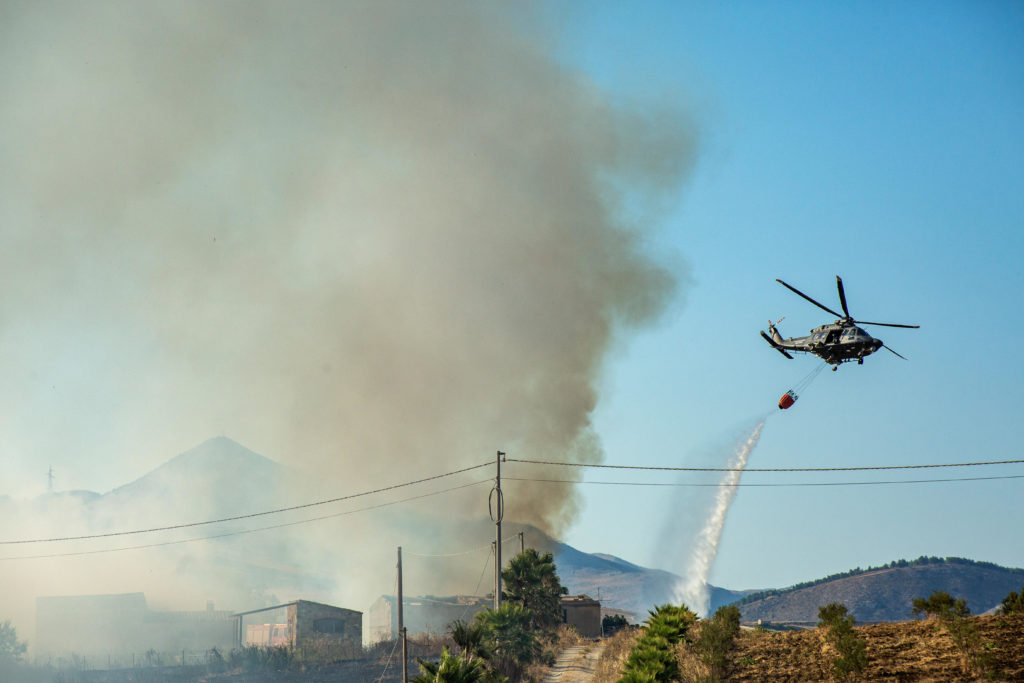
Meanwhile, this year’s fire in the Scorace Forest is far from an isolated case.
“When fires re-appear in the same area, it is more difficult for the forest to regenerate itself due to soil degradation, sometimes even leading to desertification,” La Mela explained.
Integrating the community, local producers, and youngsters could have a positive effect on fire prevention and perhaps reduce the costs of firefighting. In 2021, the region of Sicily spent almost 3 million euros ($3.1 million) on aerial firefighting. State resources that go into all of Italy’s regions, however, reached up to 59 million euros (almost $61 million) during the same period.
“It is important to carry out a planning program to decide in what areas should agriculture be reintroduced and what areas should be left alone as natural areas,” La Mela said, adding that social and economic sustainability should be considered.
Natalia Torres Garzon graduated with an M.Sc. in Globalization and Development from the School of Oriental and African Studies in London, United Kingdom. She is a freelance journalist who focuses on social and political issues in Latin America, especially in connection to Indigenous communities, women and the environment. With photographer Antonio Cascio, she founded the radio-photography program, Radio Rodando. Her work has been published in the section Planeta Futuro from El País, New Internationalist and Earth Island.

